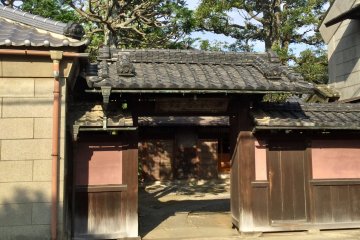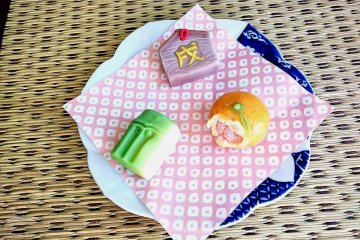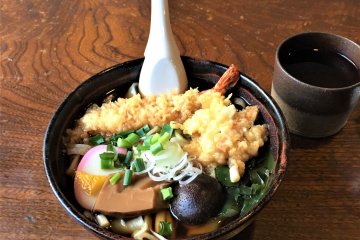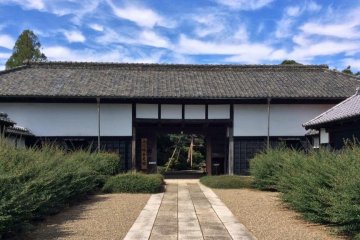People around the world are familiar with the famous brand of soy sauce, Kikkoman. Kikkoman is, in fact, a conglomeration of soy sauce producing family businesses that got their start in small villages in the Tokatsu area of what is now Noda City in Chiba Prefecture.
Kikkoman started when eight soy-sauce producing families cooperated to produce soy sauce under the distinctive trademark in 1917. The mark is a combination of the characters for a tortoiseshell and ten thousand, representing a wish for prosperity and longevity.
Some of the soy-sauce legacy of Noda City remains in heritage buildings. Among these historical and cultural treasures is the Kamihanawa Institute of History (Kamihanawa Rekishikan, 上花輪歴史館).
The Institute preserves the estate of the Takanashi family, one of the founding families of the local industry. In the Edo Period, the Takanashi family were the nanushi, or headmen, of a village which was later incorporated into Noda City. A tour of the estate reveals the living quarters, storehouses, gardens, bamboo groves, shrines and the equipment used in soy sauce production. In addition, there are displays of rare items such as the massive ropes used to secure a boat bridge across the Edo River when the area was controlled by shoguns.
The gardens and exhibit hall are accessible for ¥500. The garden is based on design principles that take into account auspicious directions. In this tradition, the buildings are sited so that a hill appears to the north, a grove of trees or bamboo to the west, flowing water to the east, and open ground to the south. These design principles are the same as those used in the construction of the imperial palace in Tokyo.
Every Thursday, Friday, and Saturday, a guide provides a tour of the gardens and house interior, finishing with tea and sweets for 1500 yen.









